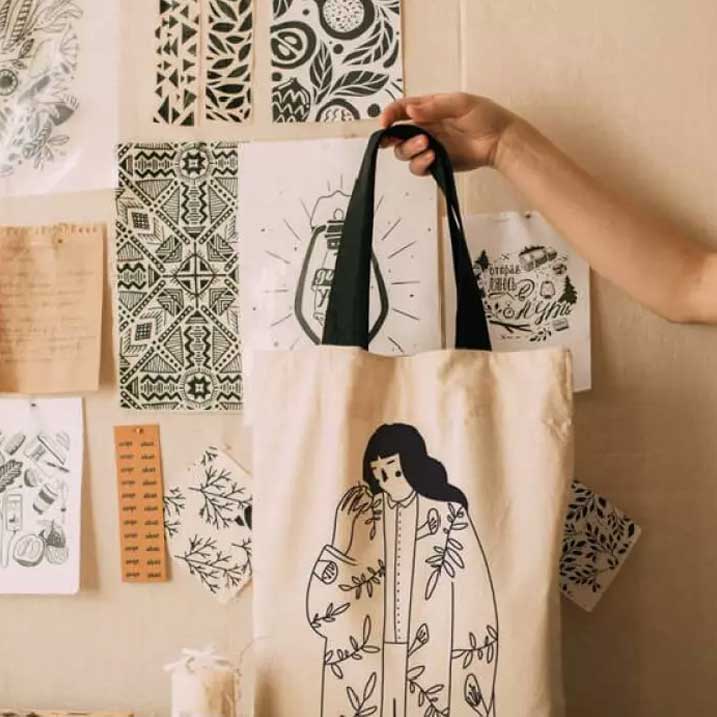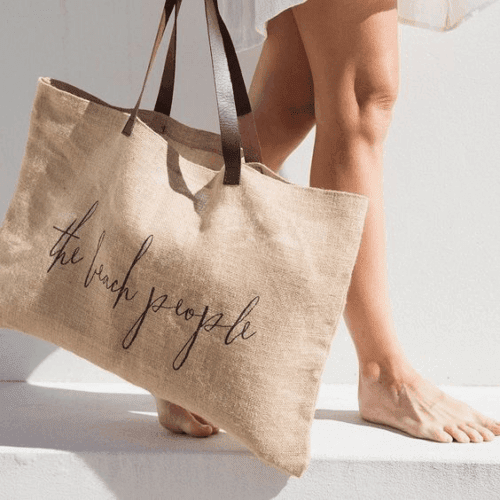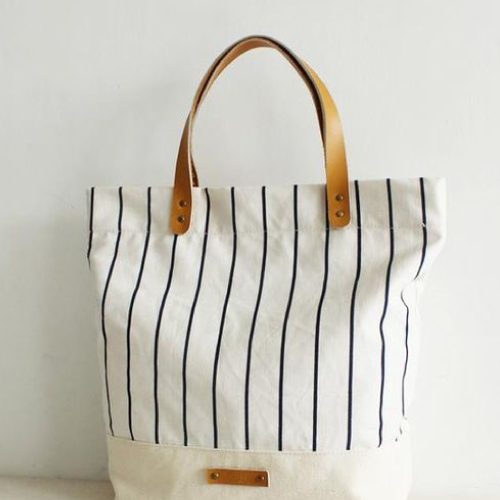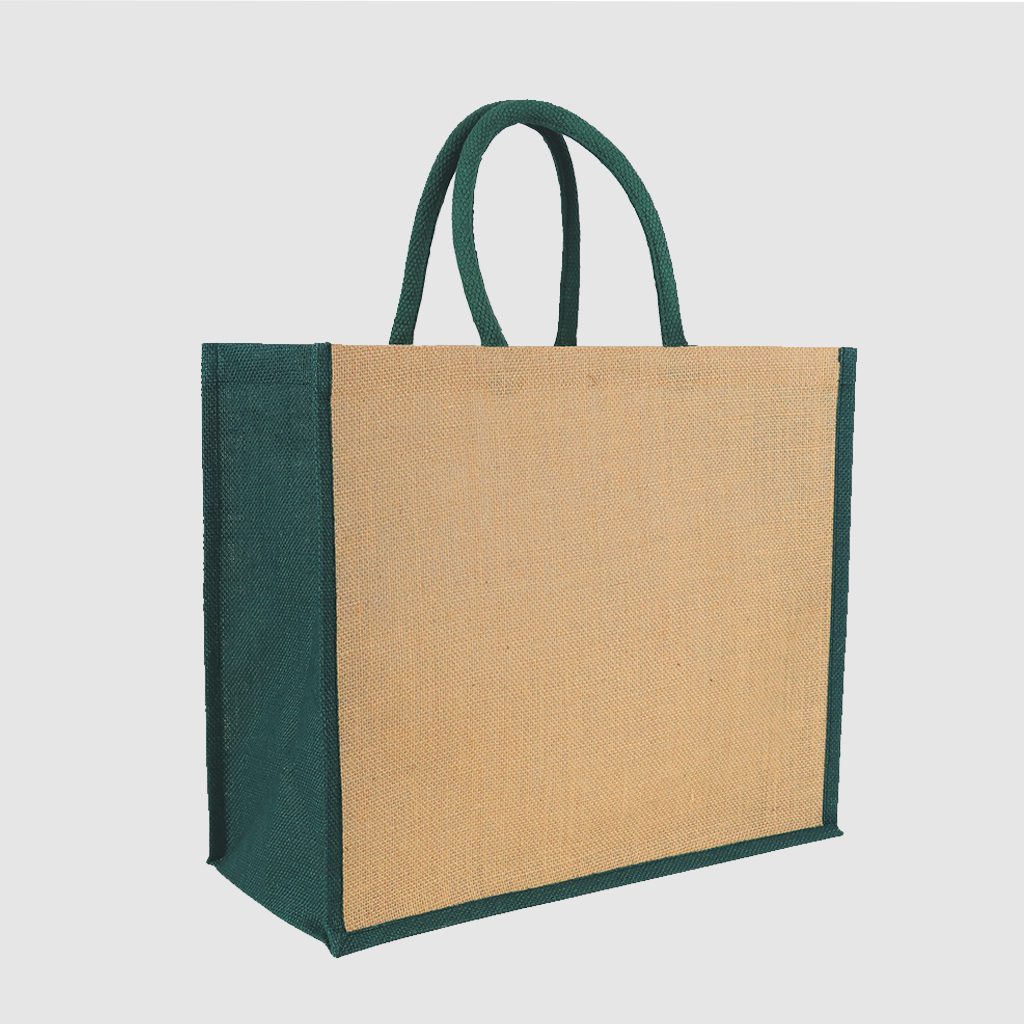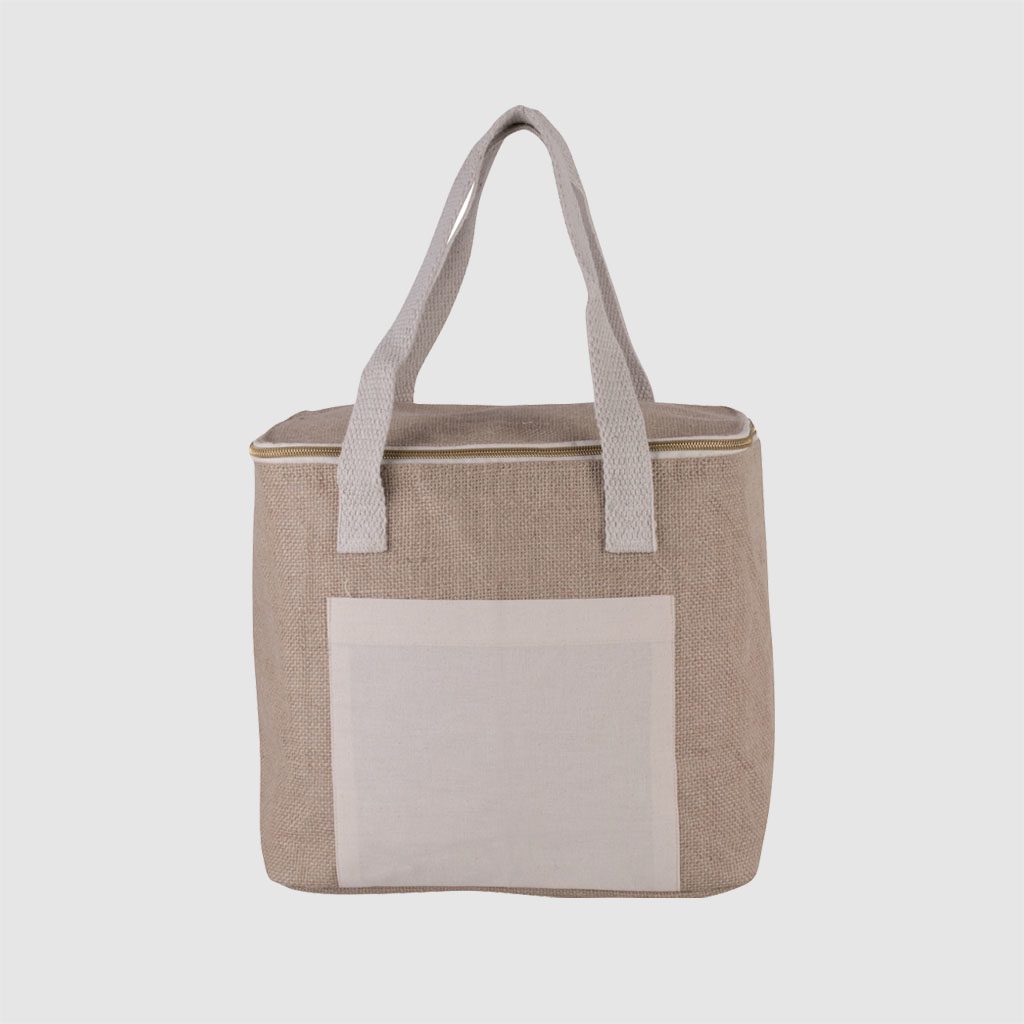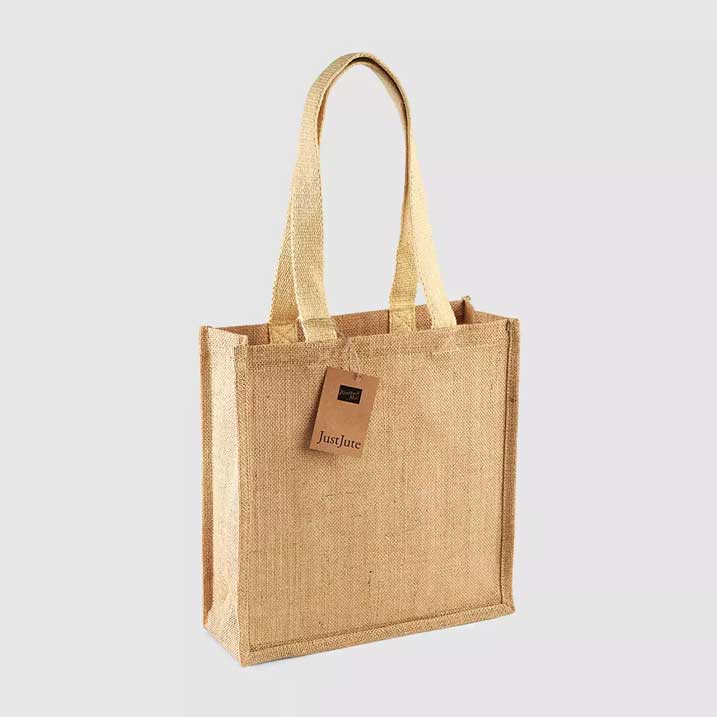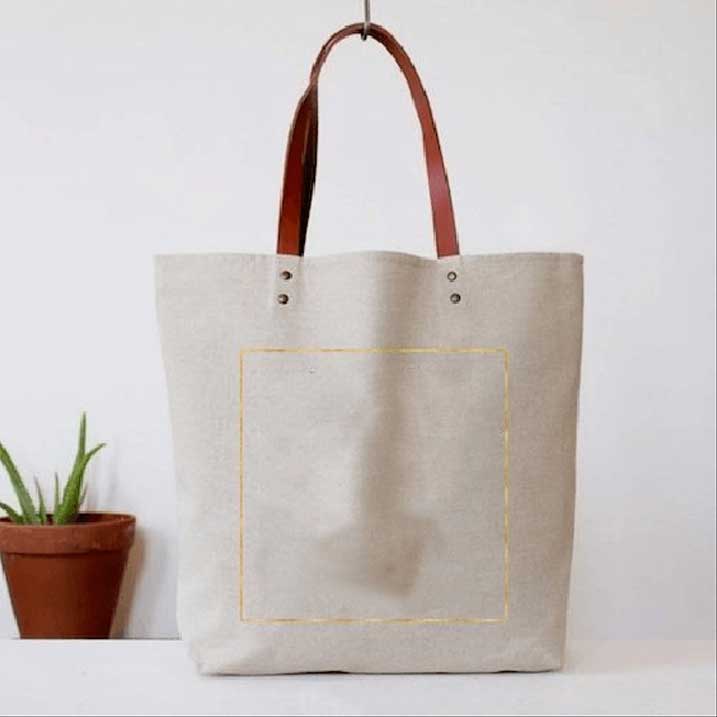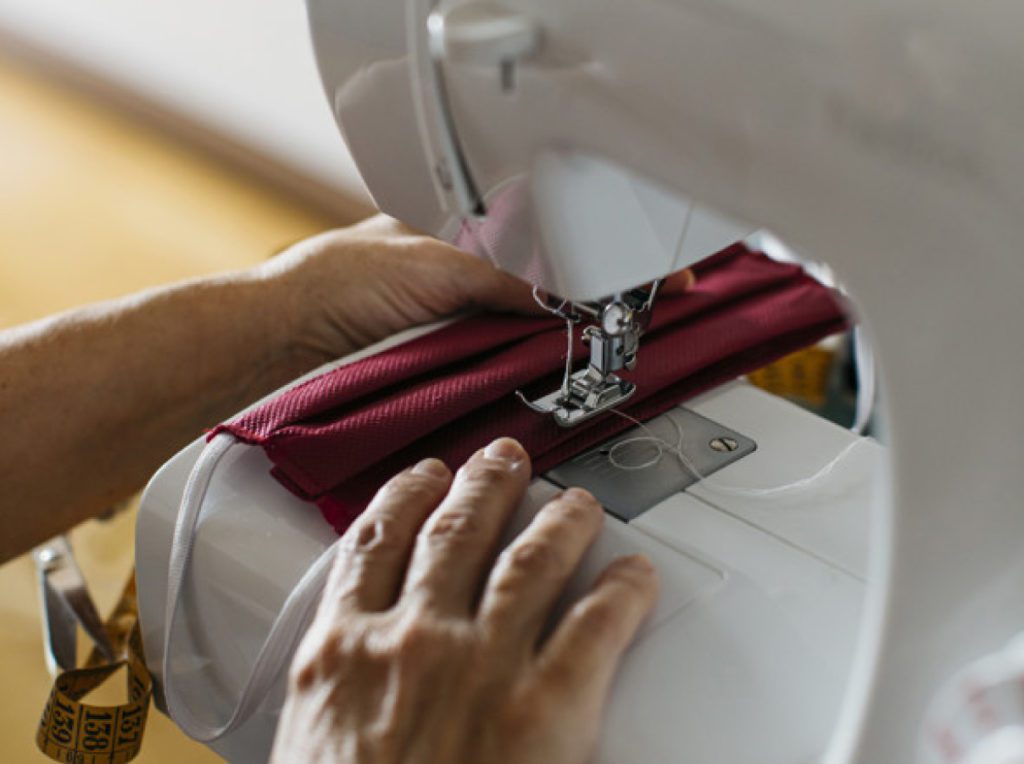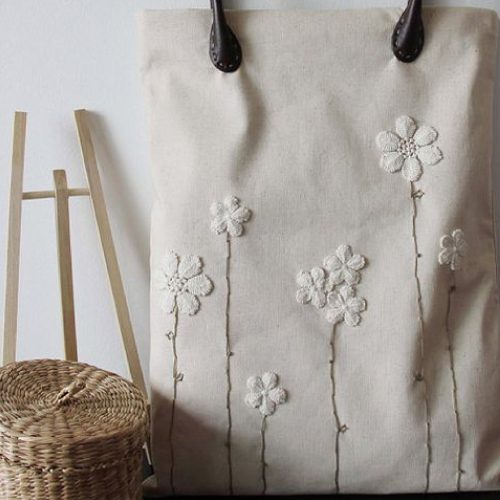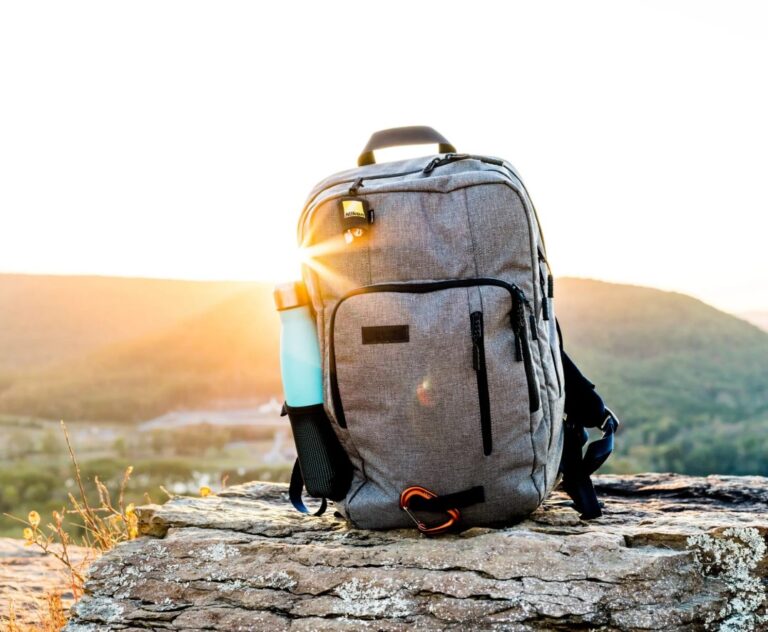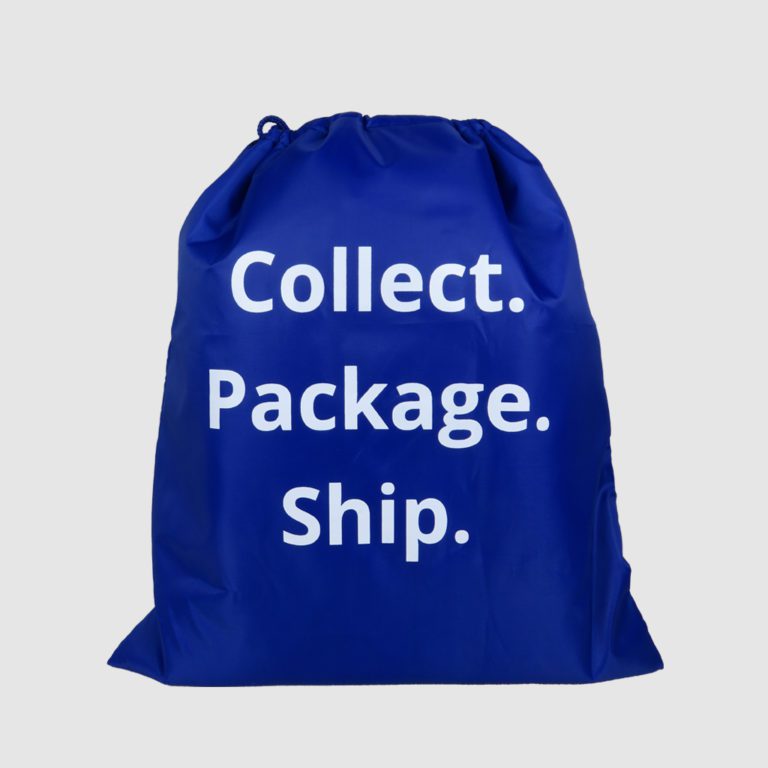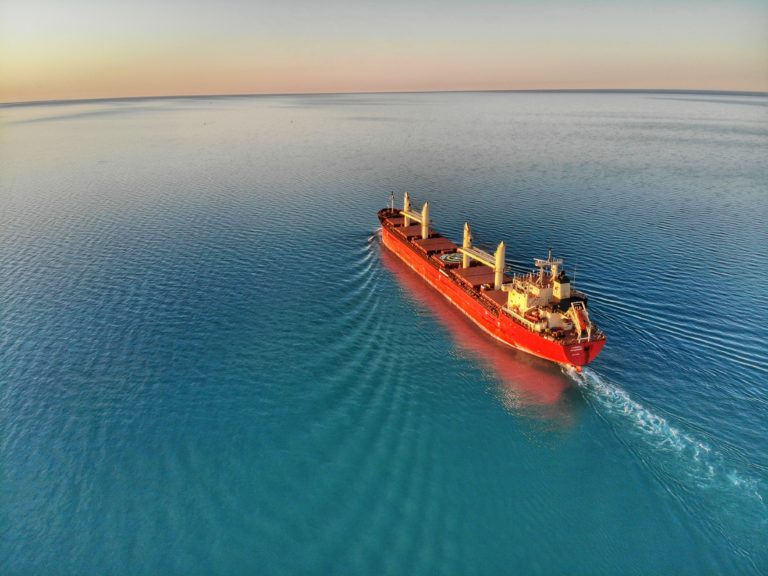Beginners Guide To Sustainable Fabric
Choosing products that positively impact the environment, rather than negatively, sends a message to your customers. Your commitment to reducing climate change through clever purchasing is the best thing you’ll ever do for the environment and perhaps your customers. It helps them make sensible choices when buying your products because you chose sustainable packaging that won’t cost the earth.
Buying a bag based on its green credentials, has a positive impact on several things:
- Demand for better sourced products.
- Assists manufacturers in solidifying purchasing processes.
- Reduces landfill.
You’re also making decisions on how you feel about the planet and keeping it alive by making smarter decisions as we’re working on our green revolution. It tells your customers you care and that you want them to care too.
1. Sustainable fabric
What should your sustainable fabric bags be made from? Can eco-friendly packaging that is kind to the environment also looks good and be as bling as your brand? This is our Beginners Guide to Sustainable Fabrics that will help you decide which route to take for your sustainable branded merchandise but also ensure a sustainable future for us all.
If you want to make a recycled shopping bag, will it be strong enough and can you wipe it clean? Maybe your customers are demanding a sustainable fabric bag but you’re not sure if that means Fairtrade cotton cosmetic bags, but you want a recycled cotton cosmetic bag, how do you weigh up the best path to take? Use this guide to help you decide which eco-friendly fabrics might be best for the bag you want to make.
2. Fairtrade cotton for bags
Cotton is the world’s biggest non-food crop and makes many of the textiles we use for bags and clothes as well as things like cattle food, oil and explosives. Cotton fabric is made from seed fibres from the plant and farming cotton requires fertilisers and pesticides as well as a huge history of labour exploitation in the Industrial Revolution. Cotton funded the British Empire and the slave trade developed because of it.
Present day cotton takes up less than 3% of the world’s farmed land but uses a quarter of the world’s pesticides. As technology and research has improved, safer chemicals have been developed but cost more, so developing countries are still using harmful chemicals to grow cotton which impacts the environment and the health of those involved with the farming.
Fairtrade organic cotton is grown from crops that are not sprayed with pesticides or fertilisers through a process that preserves biodiversity, biological cycles as well as soil health.
Fairtrade certification demonstrates the growing, processing and manufacture of the fabric. The certification ensures all elements are compliant and traceable. Our Indian facility is now certified as a Fairtrade supplier.
Disadvantages of Fairtrade cotton for bags
- It commands a higher price than standard cotton.
- It’s still difficult to source Fairtrade cotton accessories and standard cotton is usually used for webbed handles or trim.
Benefits of Fairtrade cotton for bags
- It’s a flexible fabric and can be used for many styles of bags including Fairtrade cotton tote bags, shopper bags, cosmetic bags and foldable bags.
- It’s available in a variety of thicknesses called weight. Measured in gsm or ounces and can range from 4oz (very light and thin) to 26oz (very thick and heavy).
- Fairtrade cotton bags can be printed, embroidered and dyed, although dying the fabric should be chosen carefully and ensure that the waste products are neutralised and disposed of safely and therefore does not negatively impact the environment.
- It’s durable and suitable for repeated use.
- It’s washable on a cool wash.
- It’s a kinder choice than standard cotton.
- Only Fairtrade certified organisations in the chain can display or use the Fairtrade logo in products. This ensures there is no corruption in the supply chain.
- It’s a sustainable fabric because the source and supply chain is responsible.
3. Recycled cotton for bags
There are different sources of recycled cotton. Pre-consumer cotton which is off cuts of yarn and fabric that are discarded as a result of cutting and making garments. Post-consumer cotton waste includes cotton fibres from garments, home textiles and upholster. Repurposed cotton is produced through a mechanical process and has benefits and challenges. This kind of fabric is a great option to reduce the single use of cotton but the collection, processing and shipping of post-consumer waste should be weighed up against the sustainable growth of crops in the first instance.
Benefits of recycled cotton for bags
- This is a flexible fabric and can make many styles of bag, including recycled cotton tote bags, shopper bags, cosmetic bags, drawstring bags, foldable bags.
- Recycled cotton repurposes unwanted textile garments that prevents land fill so is a sustainable fabric.
- It’s durable and suitable for repeated use.
- It’s washable on a cool wash.
- It can be over-printed and embroidered.
Disadvantages of recycled cotton for bags
- High minimum order quantities. Not suitable for short runs of 250 units (unless you choose a recycled cotton bag from our stock range).
- Few weight options.
- Depending on the processing involved with recycled cotton, a speckled effect on recycled cotton and it’s not suitable for fine printing. However, some recycled fabric that has been dyed is indistinguishable from standard cotton.
4. Jute bags
Jute is an important vegetable fibre and is more sustainable than cotton since it requires less maintenance, pesticide and fertilisation to yield significant crops. This super plant grows and matures more quickly and replenishes quicker than cotton as well as requiring less space to grow.
The jute plant can absorb carbon monoxide from the atmosphere further adding to its environmental credentials. The jute fibre comes from the outer skin of the jute plant and then goes through a retting process which includes bundling the stems of the fibre together and soaking them in water. Non-fibrous excess is removed, and the essential fibre is salvaged.
Benefits of jute bags
- Jute can be grown without harmful pesticides and fertiliser which is kinder to the environment.
- Jute bags are extremely durable and suitable for repeated use.
- Jute can be spun into a thread with other fibres such as cotton for a different finish and the various results can complement different brand styles
- Jute can be recycled.
- Jute is bio-degradable and compostable.
- Jute fabric can be laminated on one side for a wipe-clean lining.
- Jute bags can be printed, embroidered and dyed, although care should be taken with dye waste that should be neutralised and disposed of so it doesn’t negatively impact the environment.
- Jute bags can take woven labels for branding.
- Jute bags are cost effective.
- Jute is a sustainable fabric.
Disadvantages of jute bags
- Jute bags don’t compliment all brand identities. It offers a rustic and earthy style.
- Jute bags don’t take fine print very well.
5. Bamboo bags
Bamboo can grow in hostile environments and can survive various conditions including extreme drought and intense rainfall in different countries including Chile and Japan which have very different climates. It’s an unsophisticated grass plant and was here before humans. There are many varieties of bamboo and plays many important roles such as protecting land by binding top soil in areas of instability where it erodes and helps prevent flooding as well making a textile for bags and clothes.
There are two methods for extracting fibres to make fabric from the bamboo plant. The mechanical method requires crushing of the woody parts of the bamboo plant and uses the natural enzymes to break the bamboo into a mass so the natural fibres can be mechanically combed and spun into a yarn. The other method of converting bamboo to an intensive chemical manufacturing process. Sometimes called bamboo rayon because it’s similar to rayon (a chemically manufactured fibre, primarily extracted from wood pulp). Simply, the bamboo is baked in solvents to extract the required fibres to make the fabric. The solvents can cause health problems and damage to the environmental with the waste makes this approach unfriendly to the planet and not a sustainable choice.
Benefits of bamboo fabric for bags
- Bamboo fabric is lightweight and elegant. Brilliant for jewellery bags or lingerie brands.
- Bamboo fabric is easy to manipulate and construct into making bags.
- It’s possible to print and embroider on bamboo bags.
- The mechanical method for manufacturing bamboo as a textile is eco-friendly and a sustainable fabric.
Disadvantages of bamboo fabric for bags
- Bamboo fabric is labour intensive and expensive.
- Bamboo is better suited to large volume rather than boutique numbers of bags.
6. Hemp bags
Cultivated for thousands of years, hemp is originally from the Indian subcontinent, it was adopted by China, France, Russia and Africa. Hemp grows quickly, needs light and is adaptable to soil and climatic conditions. It requires few artificial fertilisers or pesticides and is six times as strong as cotton, more resistant to weathering and wear and is much more environmentally friendly to farm. It’s possible that hemp will form part of the sustainable movement in the 21st century towards more sustainable farming, despite it traditionally being controversial due to the substance tetrahydrocannabinol or THC, used for medicinal uses as well as a recreational drug.
Hemp uses the same planet-friendly manufacturing process used to produce fabric from flax or bamboo that involved crushing the plant and using natural enzymes to break it down and into a mushy pulp so the natural fibres can be extracted and spun into a yarn.
Benefits of hemp bags
- Super eco-friendly and sustainable fabric for making bags.
- Hemp fabric can be printed and embroidered.
- Hemp tote bags, hemp cosmetic bags, hemp product packaging and hemp drawstring bags are all eco-friendly options.
- Hemp can be blended with a Fairtrade organic cotton for different weight options.
Disadvantages of hemp bags
- Hemp can be pricey on small quantities, but you can consider bulk buying hemp bags and storing them to achieve a lower unit price and calling off what you need as required.
- Limited weight options.
7. Cork bags
Grown since the Middle Ages, the cork oak tree provides a truly renewable and biodegradable product that requires no fertilisers or herbicides. It’s one of few trees able to regenerate its bark, of which can be harvested every 9 years. Cork oak forests are rich in soil diversity and home to huge varieties of other plant and animal species. Traditional farming of the cork oak supports wildlife and is truly sustainable as it is constantly replenished.
The cork bark is carefully stripped off the tree in thick layers and great care is taken with the tree to ensure its continued growth. Preparing the cork for use in the textile industry is an eco-friendly process. The cork strips are then boiled in water that breaks down the cellular structure to make it more malleable. The cork is then dried and shaved into very thin sheets. The layers are then laminated with cotton or polyester in the same colour and glued to the cork.
Benefits of cork bags
- Cork is a renewable product.
- Cork is biodegradable.
- Cork bags look awesome and can be printed or embroidered.
- Cork is great for zipped pouches, wallets and folders. Cork can also make tote bags and large shopper bags.
- Cork floats.
- Cork is a sustainable fabric.
Disadvantages of cork bags
- Small unit quantities are not possible but its cost efficient on a larger volume.
- Cork can be fragile and not suitable for all styles of bag.
8. Recycled plastic bags (RPET bags)
RPET is a fabric made from used recycled plastic bottles. It reduces landfill which can take thousands of years to break down and allows toxic chemicals to seep into the earth. It’s not a perfect solution but it does means that once plastic is made it can have a second life as something else once it’s repurposed as a bag and can offset the amount of RPET needing to be created. RPET is highly processed so it can be argued that its not energy efficient and the chemical and processes required to recycle plastic could outweigh the benefits, but not compared with the longevity of use. You can make up your own mind with these reminders of the pros and cons of RPET fabric.
Benefits of RPET bags
- RPET bags are durable and suitable for repeated use.
- RPET uses post-consumer waste.
- RPET can be waterproof.
- RPET is fairly cost efficient on large quantities.
- RPET can be printed and dyed.
- RPET is a versatile fabric.
- RPET bags can be made in many styles including large shopper bags, fold-up bags, bespoke product packaging and dust bags.
- Creates a great market for single-use plastic which stops them from being added to landfill.
Disadvantages of RPET bags
- RPET bags can only be washed by hand in cold water. If RPET bags go in a washing machine it can lead the bag seams and corners of the bag holding onto water and becoming damp or mouldy.
- RPET uses harsh chemicals and huge manufacturing processes.
- RPET bags require a large volume to make it cost efficient but it is possible to do smaller quantities of 500+.
So now you know more about sustainable fabrics you can make choices about your eco-packaging or sustainable customised bags. If you’re still unsure which route is best for you, then get in touch so we can talk to you and understand what your long term objectives are so we can best advise what might be good for you and the planet.
If you are looking for a cheap throwaway bag and not interested in decreasing your carbon footprint, then you’re not going to be interested in a sustainable option. We also won’t be the right supplier for you. We won’t endorse single-use plastic and we’ll always consider the environment. You’ll find your bags packed in biodegradable corn starch inner packaging when they’re delivered from our Indian factory and we’ll always recommend sending your order by sea, which is a greener choice than flying.
Having a think about your goals in conjunction with the wider world, it could be a timely and sensible option for all of us right now. Let us help you on that journey. If you have a bag project you want to make happen, then get in touch by phone or email. We’ll be pleased to share our knowledge and experience around sustainable fabrics and offer you the right one for your project.
Notes about this article:
Fertilisers are a chemical or natural substance added to soil to increase fertility.
Natural fertilisers are derived from vegetable matter such as compost or crop residue, animal matter or excrement.
Herbicides are substances that are used to destroy unwanted vegetation and weeds.
Natural herbicides are usually imitations of natural plant hormones that interfere with the growth of the targeted plants but not the intended crop.
Sources used for this article:
- https://bettercotton.org/
- https://www.edenproject.com/learn/for-everyone/plant-profiles/hemp
- https://www.soilassociation.org/
- Our wonderful team who know a lot about fabric and sourcing eco-friendly options.
Ask us about other sustainable branded merchandise. We can manufacture premium umbrellas and source premium quality, sustainable promotional products from an ethical supply chain.




